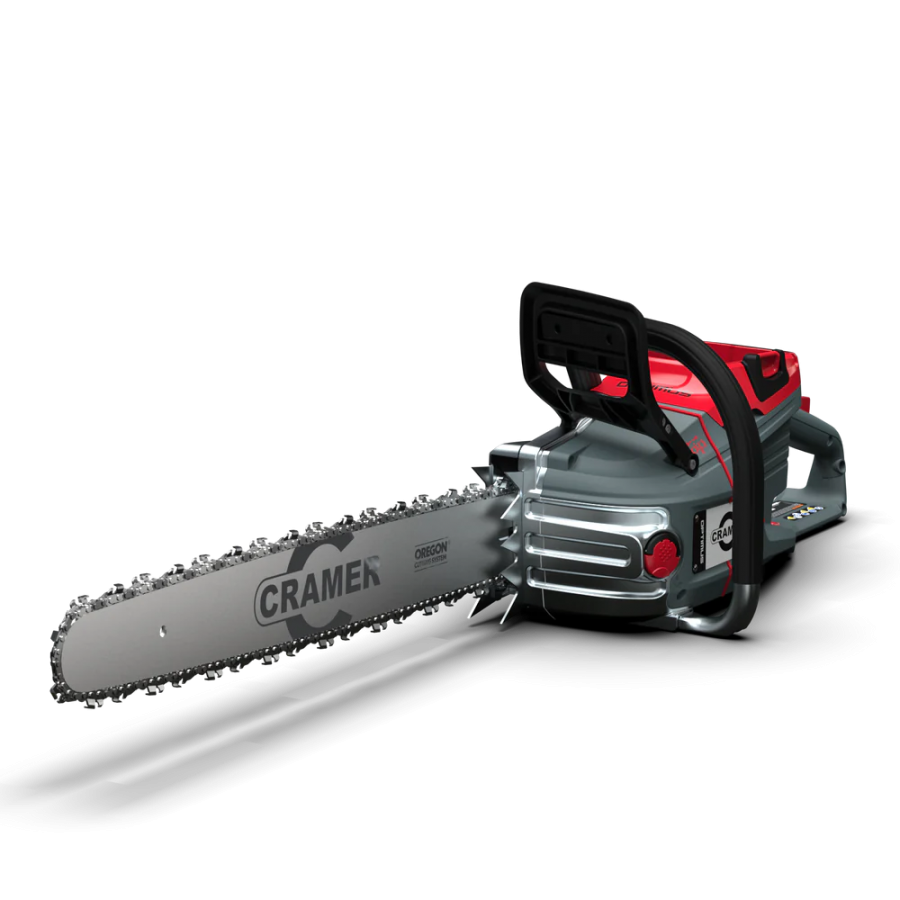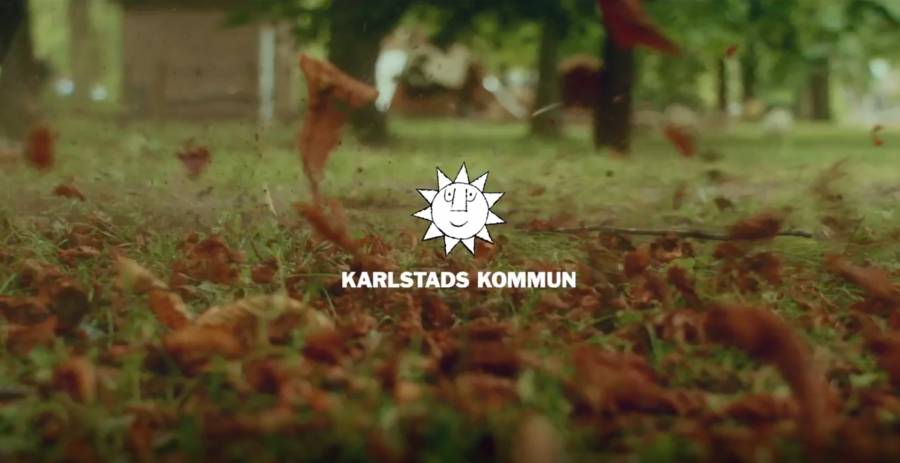For many years, home builders haven’t appreciated the value of good quality lawns, not only for the benefits that a lawn brings to the environment and personal well-being, but also the impact that a nice lawn has on the kerb appeal and saleability of a new home.
Most new homes are sold with a newly turfed lawn, but as the demand for affordable housing increases, and development land is at an all-time premium, lawns are shrinking.
Analysis in 2023 estimated the average English garden space to be 255m2. New build homes are required to provide a minimum of 30m2 of amenity space, and thankfully, most garden areas are bigger, but the Turfgrass Growers Association estimates that the average size of a new-build lawn is just 55m2.

In addition to the shrinking size of new lawns, homebuilders are squeezing budgets so much, that landscapers are forced to do minimal preparation on, what are often small, enclosed garden plots, with poor drainage and reduced light from high fences. The low landscaping budget forces landscapers to use the cheapest turf available, often a “contractors’ grade”, rather than a good quality premium turf, from a reputable, accredited supplier.
Using a lower grade of turf, combined with poor ground conditions, and minimal preparation is inevitably going to result in a substandard lawn, and this common practice is putting people off natural grass, and all its benefits.
Regretfully, it is common for Landscape Architects to unwittingly, specify turf containing plastic net and for some landscapers to consciously chose it as a way of cheapening cost. The Turf Grass Growers Association which represents most of the turf grown in the UK, has actively moved to ban plastic net by October 2026, and in the meantime, any turf containing plastic net will not meet the TGA specification. The industry should remain vigilant against the prospect of gardens being contaminated with unnecessary plastic. Natural turf has good ‘green’ credentials that should be promoted when considering the use of alternatives such as hard landscaping and in particular artificial grass.
Artificial turf is quickly going out of favour as the public become more environmentally aware. However, there are lots of other lawn alternatives being used because homeowners are frustrated with poor quality lawns. If a lawn is created with good quality turf, grown to the TGA standards, laid on a well-prepared bed of free draining topsoil, there are huge benefits to a natural lawn, including carbon sequestration, oxygen production, flood reduction and air cooling as well as the positive impacts on mental health and well-being for homeowners and their pets.
Increasing the lawn budget by £100-£150 for the typical 55m2 lawn could ensure that premium turf can be used, and that landscapers have the budget to complete the ground preparation to a good standard. The average price of a new home in the UK is reportedly £422,000, and even if that figure is skewered by some high-end homes, and premium locations, there should be enough in a developer’s margin to cover the additional cost. Even if the developer won’t pay, at least offer the new homeowner the option of a premium quality job at a fair additional cost.
Developers should also be ensuring groundworkers save the very best soil on site, to be reintroduced into gardens, and that soil is not contaminated with subsoil when excavated. There should be no excuse for bricks, tiles and other building materials to contaminate gardens. What’s the point in thorough site contamination investigations if tradesman contaminate the soil during the building process.
Of course, there will be many new home builders, landscape architects, groundworkers and tradesman that take all the right steps to ensure the best possible lawns, but it’s about time that the value of a good quality lawn was appreciated throughout the industry.







